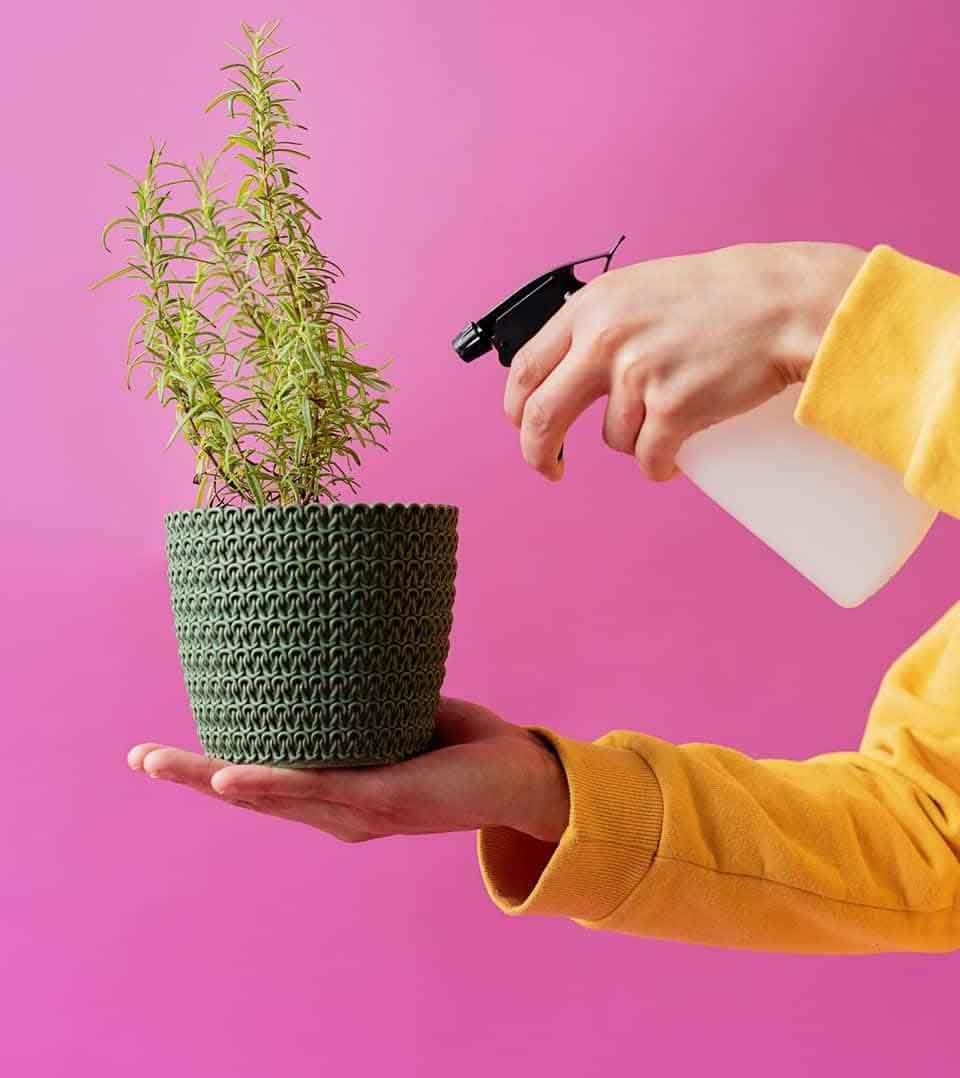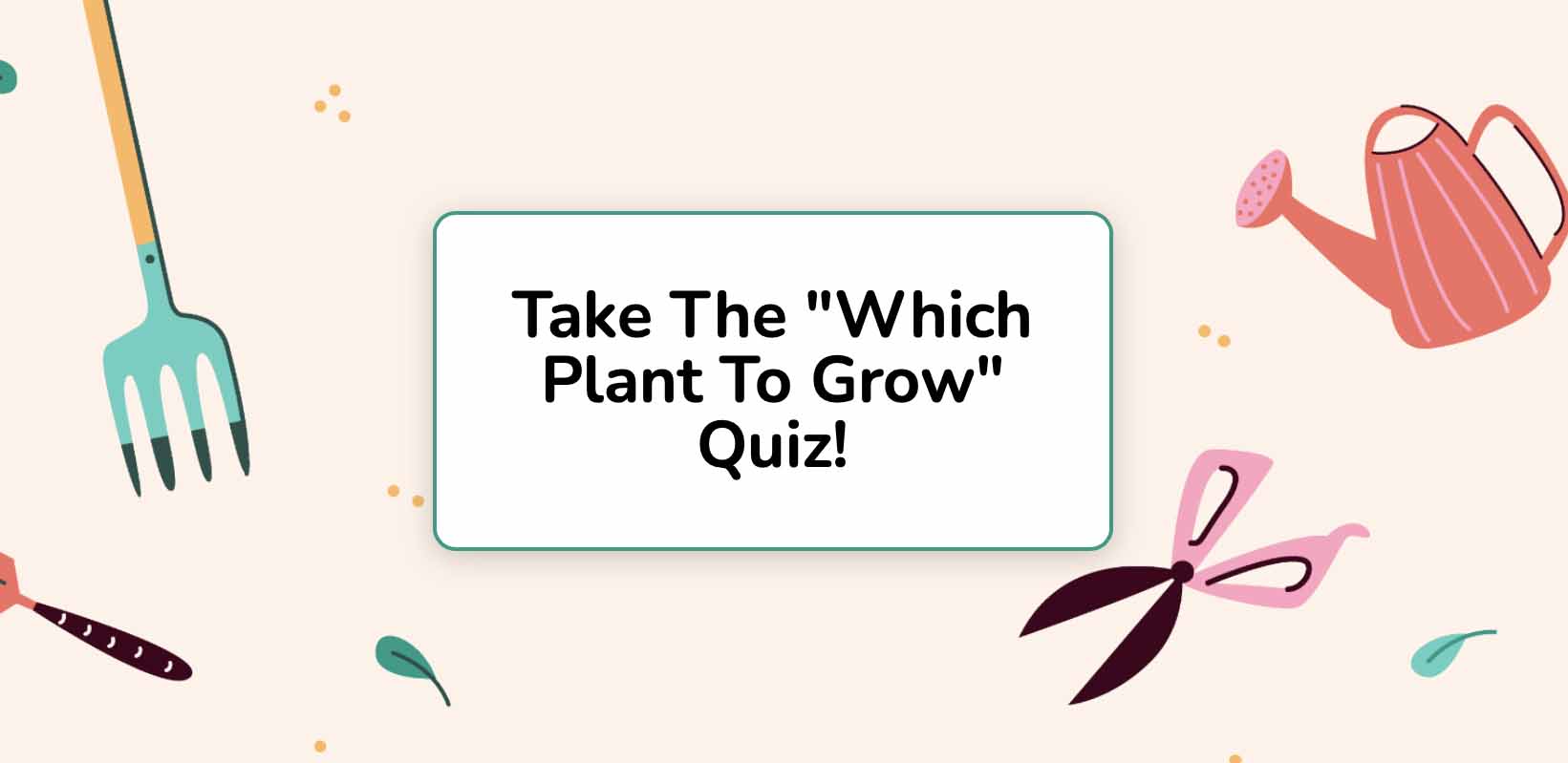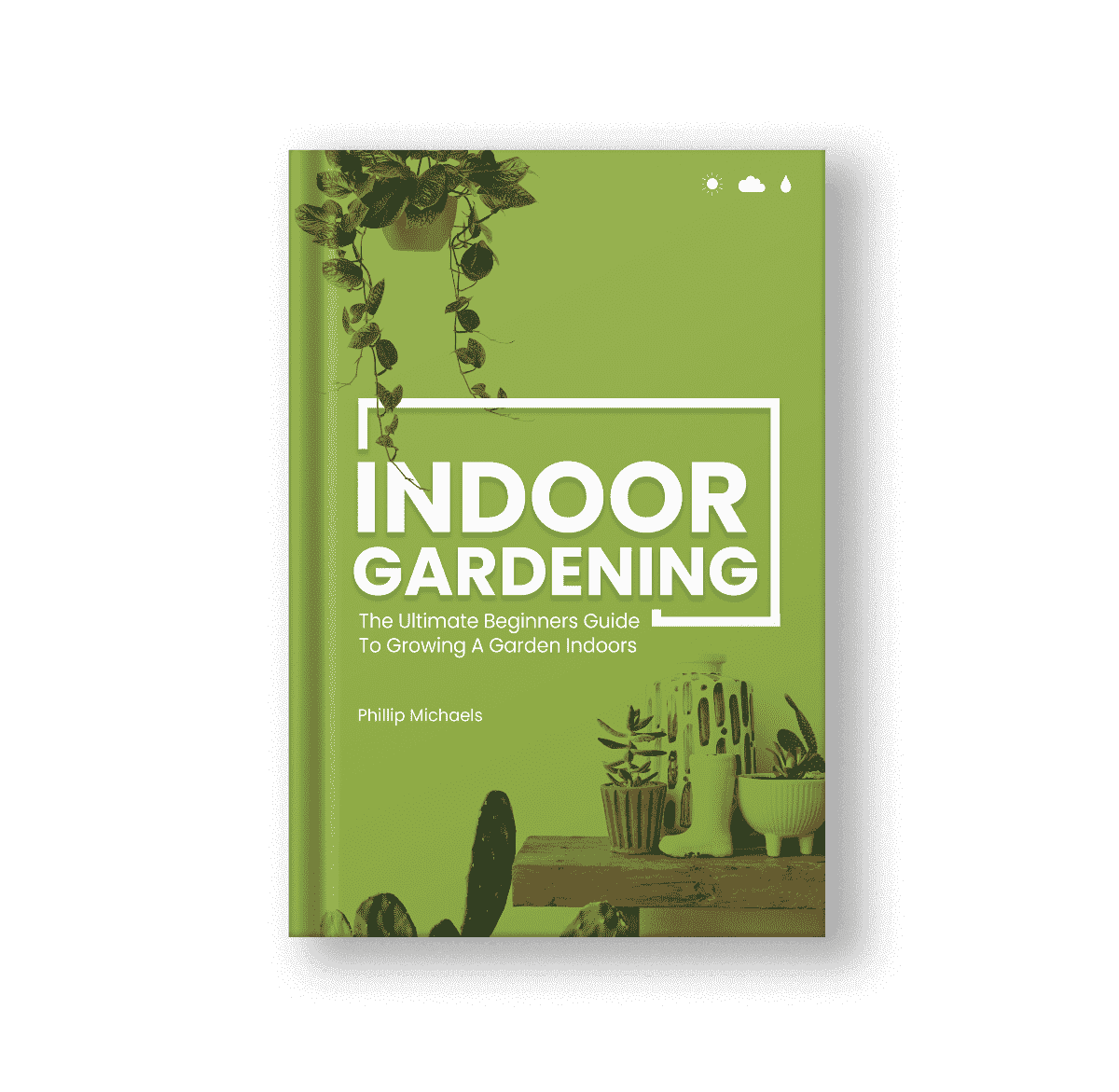Every container gardener will one day find the need to repot their plants, it’s inevitable. The trick is to know when the best time to do so is to avoid stressing your plant and avoiding unnecessary work. In this article, we’ll look at when to repot plants, along with tips for doing so successfully. If you’re an indoor gardener, read on to learn this easy but important aspect of plant care.
Why We Need To Repot Our Plants
Repotting is an essential step for the long term health of your plant. In terms of reasons why we have to, there are a handful, each of which is important.
Firstly, for actively growing plants repotting gives them a large home to continue their growth. Most plants dislike being root bound, so you’ll need to give them enough space to grow. By upgrading their container size you give them more space to grow and thrive.
Soil also will lose nutrients and become more compact over time. If not addressed, this will mean that your plant will lack nutrients and eventually be strangled out by the compacting soil. By swapping out your existing soil for a fresh batch you avoid these problems.
That’s an important thing to note, repotting your plant doesn’t always involve moving it to a larger container. In some cases it refers only to changing out the soil and reusing the existing container. For plants that aren’t actively growing, or like to be root bound, this is often enough to keep them thriving.
How Often Do Plants Need To Be Repotted?
It varies by plant and the stage of growth they’re in, but generally most plants will need to be repotted once every 1-2 years. As noted above, this can mean moving to a larger container, but also could mean just providing fresh soil.
In general, younger, faster growing plants will need to be repotted more often. Faster growing plants use more nutrients and will outgrow their container more quickly, and therefore need to be repotted more frequently.
On the flip side, older plants that aren’t growing much won’t need to be repotted as often. An older, non-flowering or fruit bearing plant can go 3+ years before needing to be repotted.
While those are generally guidelines for when to repot, there are a couple of things you can look out for. Here are a couple of sure signs that you should look to repot your plan soon.
- Roots are poking out of the drainage holes in your container
- Roots are sticking out of the top of the soil
- Your plant is being pushed out of the soil by the roots
- Your plant is very top heavy and falls over easily
- Your plant has grown and looks too large for its current container
- The growth of your plant has slowed down outside of its dormant periods
- Your plant is getting sick or appears to be dying without any other changes in care
If you’re seeing any of the above signs then there’s a good chance that you need to re-pot your plant.
Best Times To Repot
Before we look at the actual steps to repotting let’s briefly look at when the best time to repot is. Usually, you want to do so around mid-spring right as your plant moves into its growing season. This is when your plant is at its strongest, and is best able to deal with the stress of being dug up and repotted.
Outside of that, generally anytime during the spring/summer growing season is a perfectly reasonable time to repot. Most plants are growing during this time, and have the strength to survive the stress. If you notice the above signs that your plant needs to be repotted in mid-summer, for example, it’s okay to go ahead and repot then instead of waiting until next year.
You usually want to avoid repotting during the late fall and into winter. Many plants will go dormant during this time, and this can make it more difficult for them to deal with the stress of repotting. It’s usually best to wait until spring and leave your plant to rest during the winter.
The one exception to this is certain plants that don’t have their dormancy in the winter. Saffron, for example, is a fall blooming plant so the advice above is reversed. You want to avoid repotting during your plant’s dormancy period, which just so happens to be winter for the vast majority of plants.
Tips For Repotting
The process for repotting is usually fairly easy. Larger plants can be a little trickier and take extra time, but if you go slow and take your time it’s usually not that hard. Here’s a step by step on how to repot your plant.
1. Prepare Your New Container
If you’re moving to a larger container make sure to prep it by thoroughly washing it and prepping the soil in it. Make sure it has proper drainage, adding holes and rocks as needed.
2. Gently Remove Your Plant
Turn your plant sideways and gently pull it out of its container. You can tap the bottom or sides of the container to help dislodge the soil and make it easier to get the plant out.
I find it best to grab the plant by the base of its stem where it meets the soil. This usually has enough strength that you can give it a gentle tug without hurting the plant. This can take some time, but if you go slowly you won’t damage your plant. Continue gently pulling the plant and loosening the soil until the plant is able to be removed from its container.
3. Loosen The Roots
Once you have the plant out gently take your hand and break up big chunks of roots. You want to have loose, flowing roots, so make sure to unwind any that have tangled themselves up.
This tangled mess of roots is what gardeners called being “root bound” and for most plants is an issue. Do your best to unwind them, it’s okay if it’s not perfect but the less bound the better. You can also trim off any extra long roots, but avoid doing so to any of the thick core roots.
4. Add New Soil and Plant
Take your freshly dug up plant and move it into its new home and give it a fresh batch of soil. This can either be in the new container you’ve prepared or back into its old one if only providing new soil. If using the old container, make sure to remove as much soil as you can and break up any compressed chunks. It’s okay if a little is left at the bottom or on the sides.
The exception to this is if you had any pest or disease problems. In these cases you should thoroughly wash your container and remove any old soil to prevent the issue from recurring.
5. Water Your Plant
It’s always a good idea to give your plant a light watering immediately after repotting. This further helps it deal with the stress of being uprooted and helps it thrive in its new home. Usually, you won’t need to fertilize your freshly repotting plants as the new soil will provide more than enough nutrients for some time.
When To Repot Plants
Repotting is a necessary step of indoor gardening that should take place every few years. Luckily, it’s an easy and quick process that can be done in an afternoon. With the above tips you’re ready to repot your plants with confidence, and keep your garden thriving for years to come.







